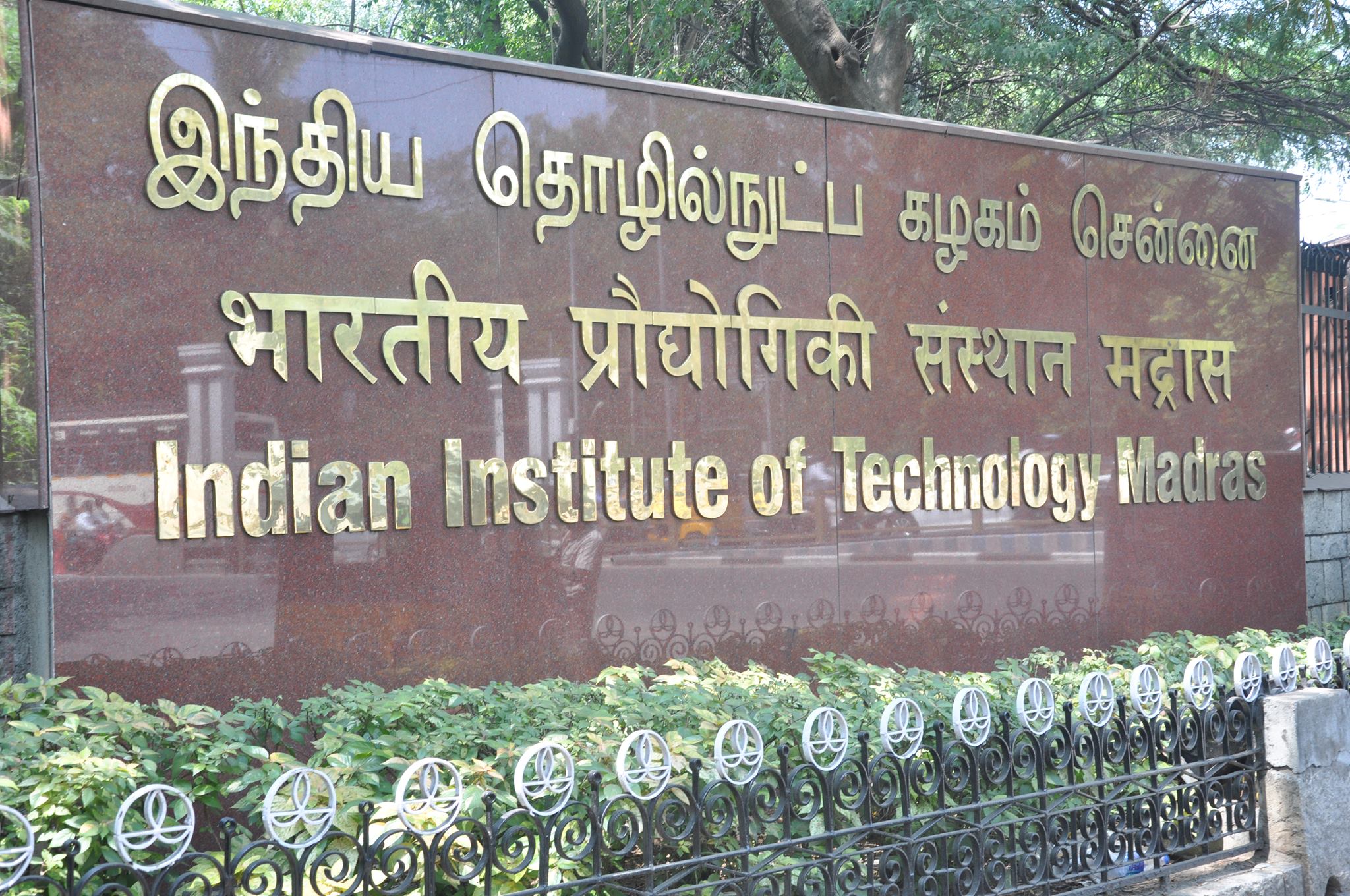Chennai, NFAPost: Indian Institute of Technology Madras and German Researchers have developed ‘co-composting’ methods that can be used to safely dispose toxic pharmaceutical wastewater sludge. They have already established composting facilities in various villages across India based on their studies through which stabilised compost that meets international quality standards can be obtained within 20 days.
The Research team is also in discussion with the Government of India for setting up more such facilities for septage management. While the initial objective of the study was to understand how pharmaceuticals and personal care products affect the composting process, the results obtained in the study have opened up the avenue of use of ‘Co-composting’ to treat toxic wastewater sludge.
The Research team was led by Prof. Ligy Philip, Department of Civil Engineering, IIT Madras, and included Anu Rachel Thomas from IIT Madras and Prof. Martin Kranert from the Germany-based Institute for Sanitary Engineering, Water Quality and Solid Waste Management, Stuttgart University.
The Research Paper was co-authored by Anu Rachel Thomas, Ph.D Student, IIT Madras, and Prof. Martin Kranet from Stuttgart University, Germany, along with Prof. Ligy Philip. The results of this study have been published recently in the peer-reviewed journal Waste Management.
IIT Madras Department of Civil Engineering Prof. Ligy Philip said, “Even though pharmaceuticals and personal care products are less susceptible to biodegradation, the addition of mixed organic waste and coir pith (bulking agent) during septage composting provided an appropriate conducive environment for significant carbamazepine removal. Therefore, in-vessel ‘co-composting’ of septage can be considered as a resource recovery option for septage treatment.”
Philip added, “Our study reveals that more than 80% of triclosan and carbamazepine removal occurred during both single and multiple pollutant degradation at an environmental concentration of 5 mg per kg of dry weight. The background concentration of triclosan and carbamazepine in the present study were 0.59±25 mg per kg of dry weight and 0.290±41 mg per kg of dry weight, respectively.”
The chemical released from personal products and medicines is a major waste management challenge due to two issues:
- The chemicals are difficult to decompose and also affect the decomposition rate of the other organic waste in the septic tank
- The untreated waste containing these chemicals damages, the flora and fauna of the aquatic bodies and fields where it is thrown. Studies have shown that 10-90% of pharmaceuticals and personal care products are excreted in the parent form and rest in the conjugated form
The pharmaceuticals, particularly antibiotics, are a major issue as their presence in the water bodies can give rise to the bigger health issue of antibiotic resistance.
“With the increasing population, the usage of onsite sanitation systems like septic tanks have been increasing every year, leading to the disposal of an enormous quantity of septage into the environment without proper treatment. Untreated septage disposal creates environmental degradation which includes contamination of precious surface and groundwater sources, serious health threats and potential greenhouse gas emissions, ” explained Prof. Ligy Philip.
To understand this problem in greater detail, Prof. Ligy Phillip and her team carried out a study to understand the impact of pharmaceuticals and personal care products on the compost dynamics. Prof. Ligy Philip’s laboratory has been working in the area of waste management and has also developed a treatment strategy based on ‘In-vessel co-composting’ for septage management in septic tanks.
For this study, the team decided to determine the degradation pattern of Triclosan and carbamazepine. While triclosan is a commonly used antimicrobial compound in toothpaste, detergents and soap, among other products. Carbamazepine is a widely used antiepileptic drug.
The Researchers conducted experiments in an in-vessel composter where the dewatered septage collected from a sewer plant and mixed organic waste was used apart from the pollutants i.e. triclosan and carbamazepine. The scientists tested three concentrations of the pollutants 5, 50 and 100 mg per kg of dry weight either alone (Triclosan/carbamazepine) or together (Triclosan + carbamazepine). The scientists tested various parameters of compost every day to understand the change in compost dynamics due to these pollutants.
The team found that at a lower concentration of 5mg per kg of dry weight, carbamazepine degraded up to 83% and triclosan up to 86%. However, when both the pollutants were used carbamazepine degraded up to 66% and triclosan up to 83%.
Carbamazepine was found to have a more negative impact on compost dynamics as compared to triclosan and it was also observed that the higher concentration of these pollutants results in lower temperature which further leads to lower pollutant removal in the compost.




